5-minute read
keywords: botany
Italian plant neurobiologist (yes, this is a thing) Stefano Mancuso previously impressed me with The Revolutionary Genius of Plants. With The Incredible Journey of Plants, he has written a captivating collection of vignettes around the subject of plant migration. We tend not to think of plants as moving creatures because they are rooted to the ground. But this, as Mancuso shows, is where we are mistaken.
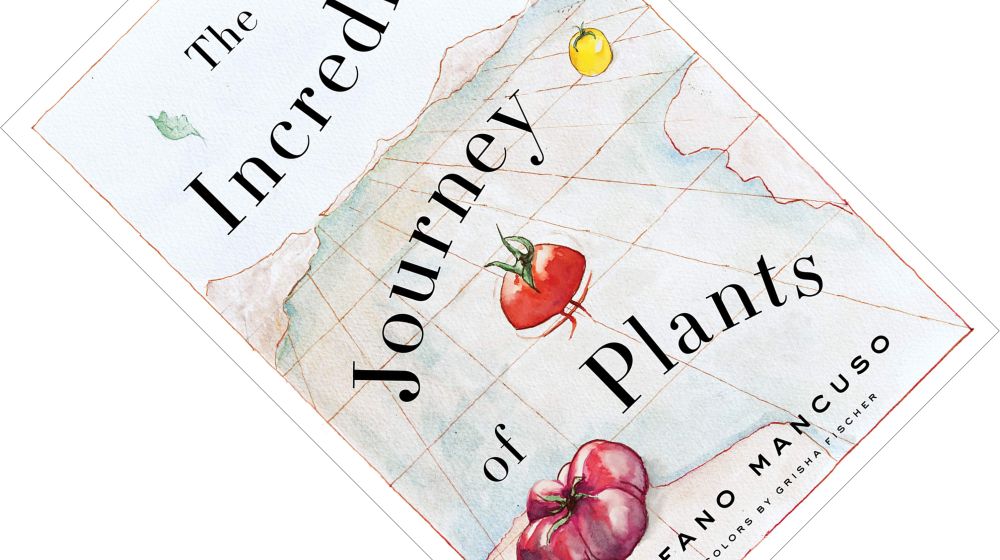
The Incredible Journey of Plants, written by Stefano Mancuso, published by Other Press in March 2020 (hardback, 158 pages)
This book was originally published in Italian in 2018 as L’Incredibile Viaggio delle Piante by Editori Laterza. The English version, courtesy of translator Gregory Conti, has been released by US publisher Other Press. Right at the start, Mancuso recaps the main (and for me most memorable) point of The Revolutionary Genius of Plants: plants are so very different from us because their body plan is the inverse of ours. Animals concentrate functionality in specialised organs while plants distribute these throughout their body in a diffuse fashion. Mancuso immediately demonstrates his deft pen when to this he adds: “We will never be able to understand plants if we look at them as if they were impaired animals” (p. xiv).
To put that into the context of this book, it is incorrect to say that plants do not move—the time-lapse footage showing otherwise will be familiar to many. We need to be more precise. “What plants are unable to do is locomote, or move from place to place, at least not in the course of their lifetime” (p. xiii). If the idea of plants moving through space in slow-motion, generation by generation, sounds familiar, that is because you remember my review of the amazing The Journeys of Trees. Though Mancuso explores the same principle, there is, remarkably, almost no duplication between these two books.
“[…] it is incorrect to say that plants do not move—the time-lapse footage showing otherwise will be familiar to many. We need to be more precise.”
What follows are six chapters that look at plant migration from different angles, each chapter written as a collection of two or three vignettes that tell the story of certain plant species. Thus, we meet the pioneering plants that colonize volcanic wasteland or that, like an unstoppable tide, move in as soon as humans abandon a place, such as the Chernobyl exclusion zone. We meet the invasive species that have spread around the world. And the rare species whose seeds can survive long oceanic voyages (Darwin wasted a lot of time testing many of them). We encounter the time-travellers, the ancient beings who have outlived us many times over, or the seeds that have bridged time in dormancy, only to be revived decades, centuries, sometimes millennia later.
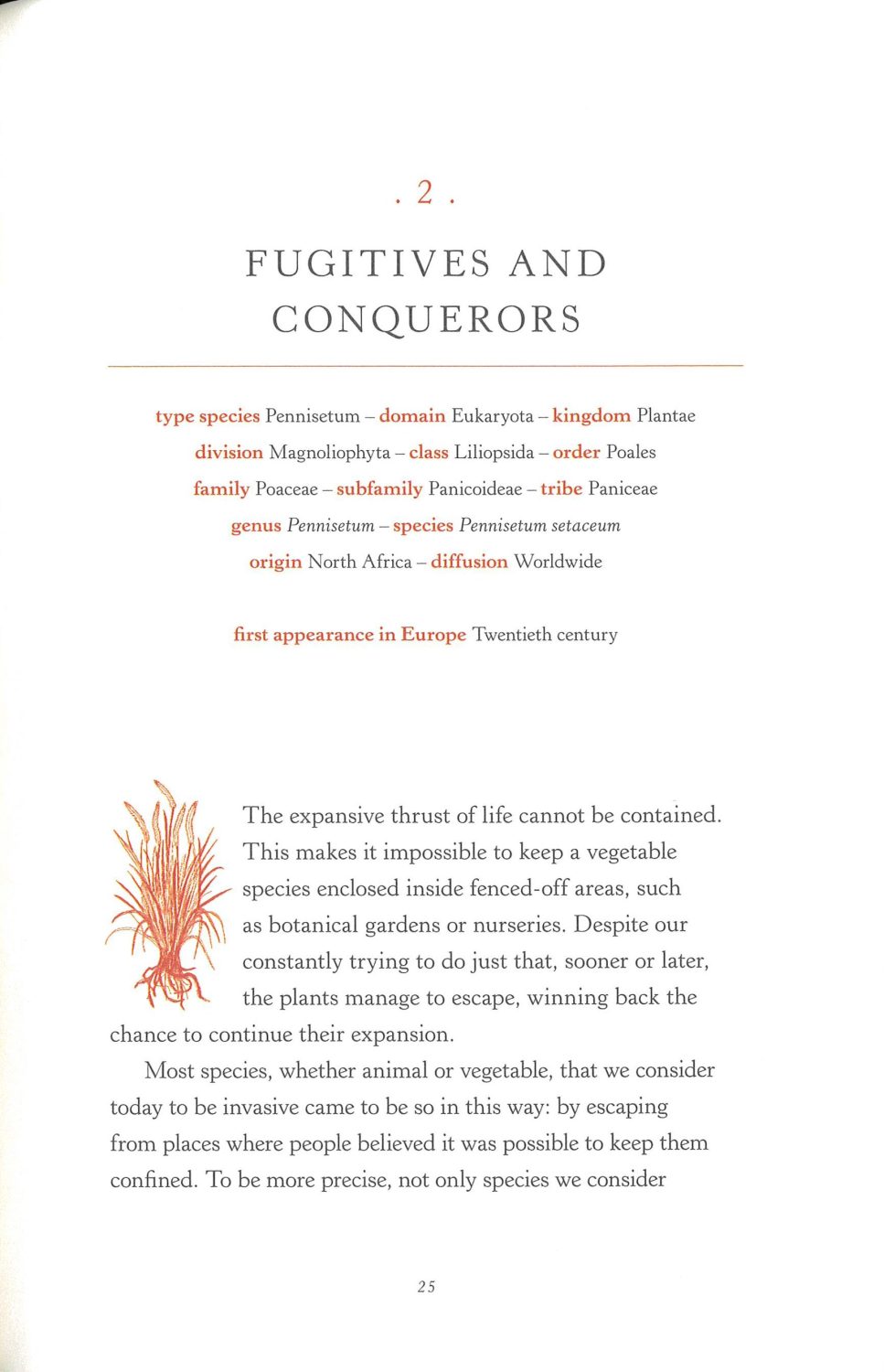 There are the paradoxical lonely trees and the stories of how they ended up in some of the most remote and inhospitable places on the planet. And we meet the unlikely evolutionary anachronisms: those plants who rely on a few or only one animal species to transport their seeds. They have tied their fate to their disperser, and extinction of the latter often means extinction of the former. Occasionally, such plants survive by latching on to a new seed disperser “while maintaining […] as a souvenir of these “dangerous liaisons,” some bizarre characteristics, reasonable only in light of their original partnership with now-extinct animals and today completely out of place” (p. 133).
There are the paradoxical lonely trees and the stories of how they ended up in some of the most remote and inhospitable places on the planet. And we meet the unlikely evolutionary anachronisms: those plants who rely on a few or only one animal species to transport their seeds. They have tied their fate to their disperser, and extinction of the latter often means extinction of the former. Occasionally, such plants survive by latching on to a new seed disperser “while maintaining […] as a souvenir of these “dangerous liaisons,” some bizarre characteristics, reasonable only in light of their original partnership with now-extinct animals and today completely out of place” (p. 133).
What makes this collection of stories irresistible is how Mancuso combines science and history. I found the research explaining why the seed of the coco de mer palm is so huge just as captivating as the history of the Roman siege of the Israeli fortress–palace of Masada. Its archaeological remains have yielded seeds of date palms that could be revived 2000 years later. Mancuso’s writing is superb, whether relating the emotive story of the plants and humans that survived the atomic bomb dropped on Hiroshima, or giving you a deft two-sentence explanation of the difficulties faced by stratigraphers trying to define new geological epochs such as the Anthropocene.
“What makes this collection of stories irresistible is how Mancuso combines science and history. I found the research on the size of the coco de mer palm seeds just as captivating as the history of the siege of Masada.”
Through it all runs Mancuso’s rebellious streak. When it comes to invasive species, he echoes Chris D. Thomas’s sentiment expressed in Inheritors of the Earth. “Plants that are now perceived as part of our cultural heritage are merely well-assimilated foreigners” (p. 26), as shown by the story of Oxford ragwort, an invader from Sicily. 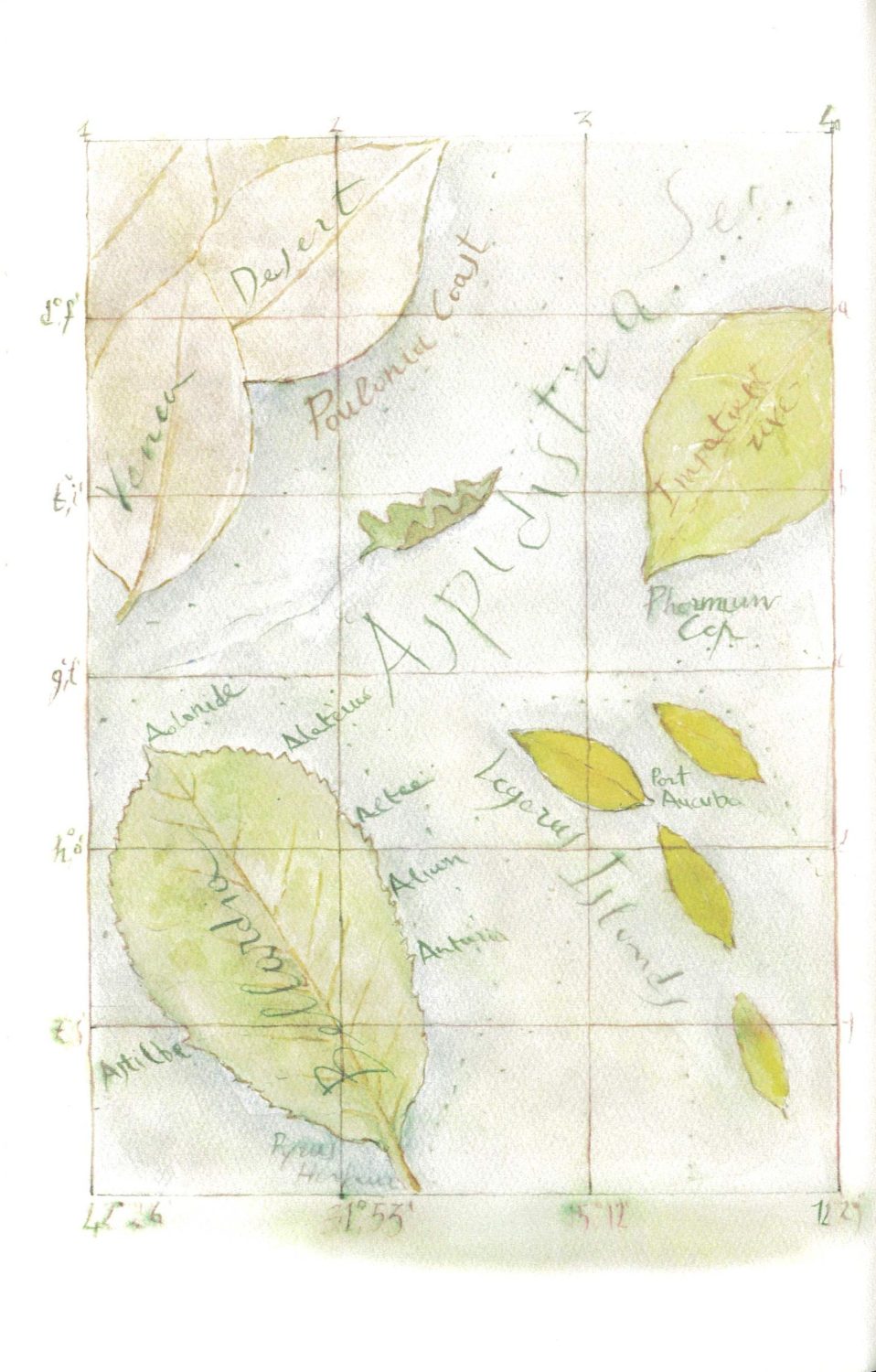 Similarly, “the species that we consider invasive today are the natives of tomorrow” (p. 27). And when discussing evolutionary anachronisms, he admonishes our species. “In nature everything is connected. This simple law that humans don’t seem to understand has a corollary: the extinction of a species […] has unforeseeable consequences” (p. 135).
Similarly, “the species that we consider invasive today are the natives of tomorrow” (p. 27). And when discussing evolutionary anachronisms, he admonishes our species. “In nature everything is connected. This simple law that humans don’t seem to understand has a corollary: the extinction of a species […] has unforeseeable consequences” (p. 135).
The book is accompanied by watercolour drawings by Grisha Fischer. However, these do not show the plants or plant structures described in the text, some of which, such as the voluptuously shaped coco de mer, are better pictured than described. Instead, it seems that the illustrator was given carte blanche to interpret the theme of “plant migration”. She has drawn imaginary maps composed of leaves and other plant parts that, though atmospheric, seem in no way connected to what the text is describing. At least, not as far as I could discern.
The Incredible Journey of Plants is a delightful book that is nicely paced and full of fascinating science told in a captivating manner. I found it impossible to put down, though you can easily dip in and out of this book if you are pressed for time. If plants do not normally excite you, think again. This is a little gem that you do not want to miss.
Disclosure: The publisher provided a review copy of this book. The opinion expressed here is my own, however.
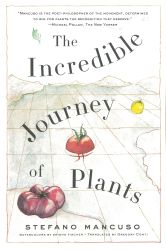 The Incredible Journey of Plants
The Incredible Journey of Plants
Other recommended books mentioned in this review:
__________________________________________________________________
__________________________________________________________________
__________________________________________________________________







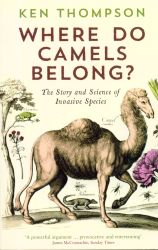




One comment